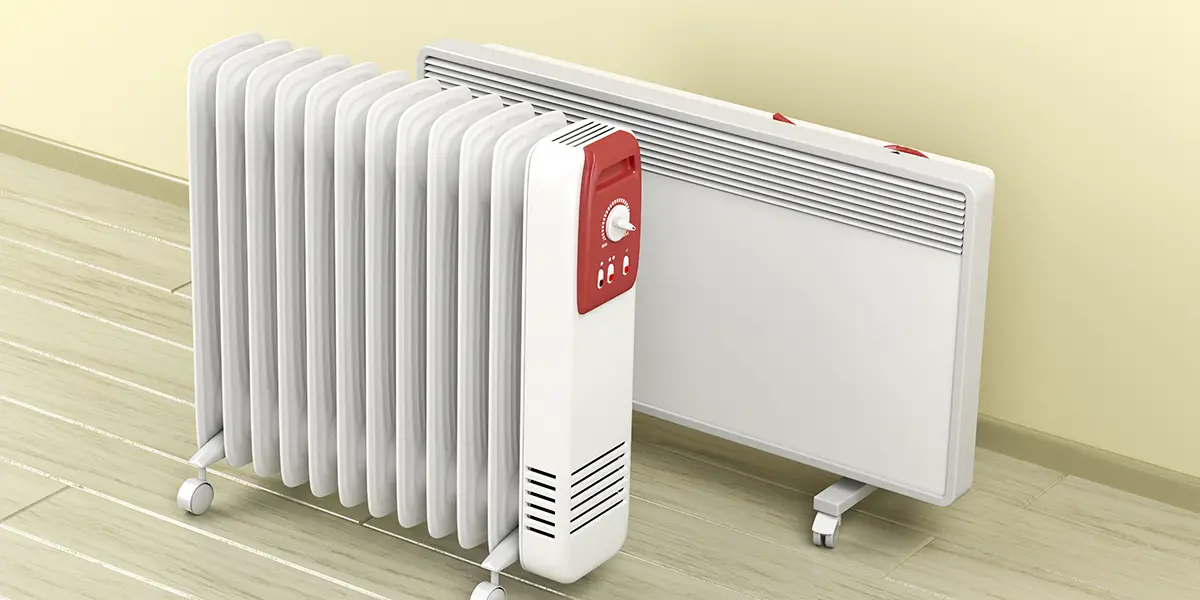Radiant heaters, while efficient in heating spaces, have some disadvantages that should be considered. These include potential fire hazards, uneven heating, limited heating area, high installation costs, and the potential for electromagnetic radiation exposure.
| Topic | Key Insight |
|---|---|
| Potential Fire Hazards | – Strict clearance requirements must be followed to prevent accidental fires. – Routine maintenance and cleaning are crucial to remove dust buildup, which can increase fire risk. |
| Uneven Heating Distribution | – Cold spots and drafts may persist, even with radiant heating. – Supplemental heating sources may be needed for larger spaces. |
| Limited Heating Area | – Radiant heaters are best suited for smaller, enclosed spaces or zone heating. – Multiple units may be required to heat larger areas effectively. |
| High Installation Costs | – Professional installation is often recommended for safety and proper functionality. – Additional insulation or electrical work may be required, increasing costs further. |
| Potential Electromagnetic Radiation Exposure | – Infrared and microwave radiant heaters emit low levels of electromagnetic radiation. – Prolonged exposure may be a concern for individuals with certain medical conditions or devices. |

Potential Fire Hazards
Radiant heaters operate at extremely high temperatures, making them a potential fire hazard if not installed and used properly. Combustible materials placed too close to the heating element can easily ignite, posing a risk of accidental fires. Strict adherence to safety guidelines and clearance requirements is crucial to prevent such incidents.
Uneven Heating Distribution
One of the major drawbacks of radiant heaters is their tendency to create uneven heating patterns. These heaters primarily warm objects and surfaces directly in their line of sight, leaving other areas relatively cooler. This can lead to uncomfortable hot and cold spots within a space.
Limited Heating Area
Radiant heaters are generally designed to heat specific zones or areas, making them less efficient for larger spaces. Their heating capabilities diminish significantly with increased distance from the heat source, resulting in a limited effective heating area. In colder climates, supplemental heating may be necessary to maintain comfortable temperatures throughout a larger space.
High Installation Costs
Compared to other heating systems, radiant heaters often require more complex and expensive installations. The installation of radiant heaters can be expensive. It may require electrical wiring, specialized equipment, and professional labor, depending on the type of heater and the space layout. This increases the overall costs.
Potential Electromagnetic Radiation Exposure
Some types of radiant heaters, particularly those using infrared or microwave technology, emit electromagnetic radiation. Prolonged exposure to this radiation is a concern for certain individuals, particularly those with pacemakers or other implanted medical devices. Proper shielding and adherence to safety guidelines are recommended.

